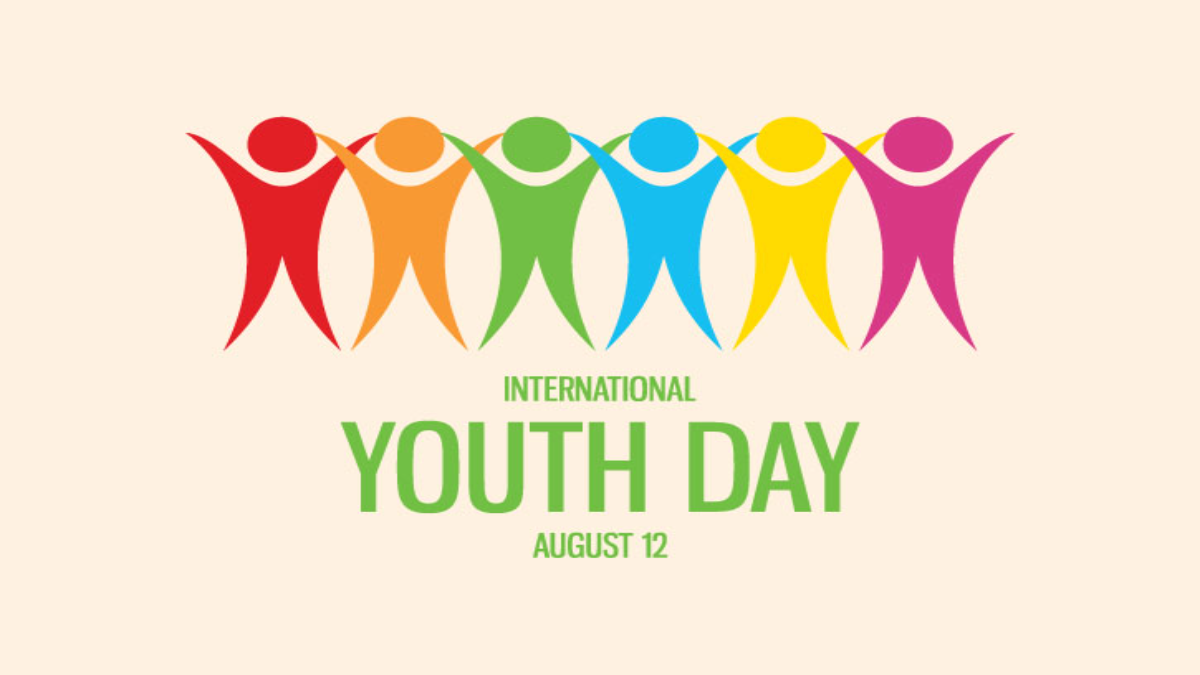To Be or Not To Be: The Art of Decision-Making

“To be or not to be: that is the question.”
These timeless words from Shakespeare’s Hamlet express a profound struggle that every individual faces: the weight of making consequential decisions.
Everyone makes choices, from the smallest, seemingly insignificant ones to life-changing decisions. We encounter them several times a day. It is one of the many inevitable aspects of life. However, it is daunting to note how a single decision can change many aspects of life. Significant decisions such as career choices, relationships, ethical dilemmas, etc. influence our quality of living and often go a long way in determining the coming years. Through them, we choose who we are and determine the trajectory of our future, and so with such weighty decisions to make, we must tread wisely.
Strategies for Decision-Making
Assess short- and long-term benefits: It is important to consider both short-term and long-term benefits when making major decisions. It can be easy to focus on immediate gains, but long-term consequences are equally, if not more, important. Ask yourself, ‘Where will this choice take me in the future?’ Balancing future aspirations with immediate satisfaction is key to making decisions that are both practical and fulfilling.
Gather information: The fact that knowledge is power cannot be understated. Before you take that next big step, know what it entails. Conduct thorough research and gather as much information as possible. This approach helps to make informed decisions rather than blind guesses. Knowing the facts can help you weigh your pros and cons more effectively.
Seek advice: Seek advice from people who have had similar experiences and have gone ahead of you. Ask questions, and learn from their success and their mistakes. Understanding the experiences of others can provide valuable insights. Talking to someone who has had a similar experience can shed light on a new perspective or some pitfalls you had not considered.
Weigh your pros and cons: If you cannot make that decision outright, it means there are pros and cons. Make a table and list out the advantages and disadvantages of each choice. Understanding the risks and rewards is a crucial step in decision-making. Outlining the pros and cons can help you to visualize the impact of each decision.
Know your priorities: Be clear about your priorities and goals and how each choice aligns with them. Knowing what matters most can help you simplify the decision-making process. Aligning your decision with your core values ensures that you stay true to what is important to you.
Overcome fear and doubt: If you’re like me, you’re always afraid to take that next major step. Whether it is navigating challenges or managing personal relationships, the anxiety of decision-making is a common experience. Sometimes, there are just too many options to choose from, leading to analysis paralysis – where overthinking prevents decision-making. To overcome this, it is essential to think wisely, not overthink. Carefully consider your options but don’t let them overwhelm you into procrastination. The fear that comes with uncertainty can be difficult to overcome but believing in yourself and preparing to put in the work needed can help dispel the doubt. It helps to ask yourself, “When I look back, would I regret not making that choice?” This question enables you to weigh the potential for regret against the fear of taking action.
It is vital to accept the outcome and take responsibility for any decision made. For instance, if you’ve decided to take up a leadership position, be responsible. Put in the work and don’t leave it all to chance. Taking responsibility for your decisions, whether they lead to success or failure is vital for personal growth and development.
Remember, the power of choice lies in your hands and it is up to you to make decisions that shape your future. The choice is yours.
Chisom Obah




